Making a flower bed
cwrkr
18 years ago
Related Stories

BEDROOMSHeadboard Alternatives to Make a Dull Bed Divine
Take the adventurous route with twigs or splurge on a high-end rug. All of these unusual headboards show creativity and catch the eye
Full Story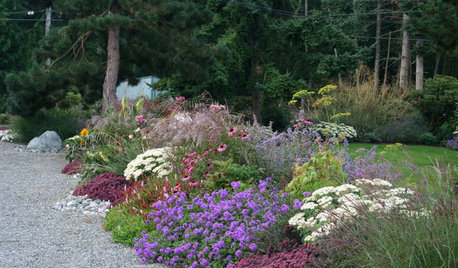
MOST POPULARHow to Design a Colorful Flower Bed
Fall planting: Delight the eye through 3 seasons with bright flowers placed just right. Late summer is the time to plan
Full Story
GARDENING GUIDESBright Plants for Flower Beds That Wow
From new annual and perennial varieties to grasses, get dramatic with swaths of color
Full Story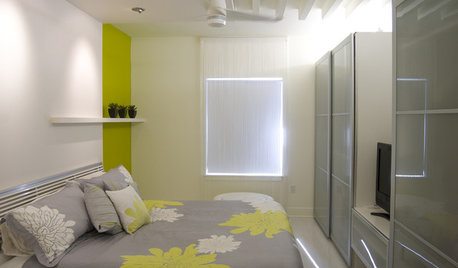
BEDROOMSFall Asleep in a Bed of Flowers
Tuck Yourself Into Floral Bedding While You Wait for Spring
Full Story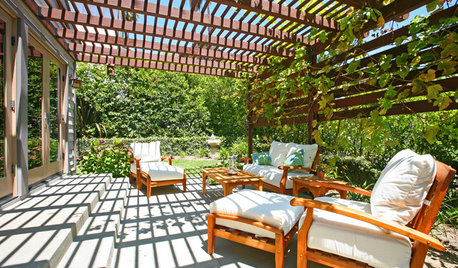
LANDSCAPE DESIGNThe Abundant Garden Makes Room for Plants
Gardens focused on plants provide joy and solace with their billowing layered beds, overflowing containers and walls of green
Full Story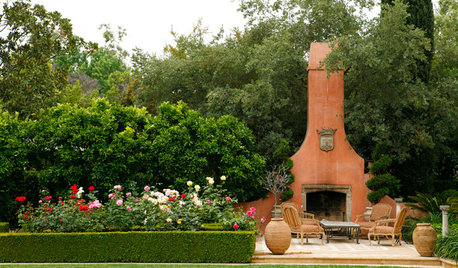
LANDSCAPE DESIGNMake Your Roses Even More Beautiful With These Companion Plants
Nourish your rosebushes and create a visual feast with these 7 classic and unexpected plant pairings
Full Story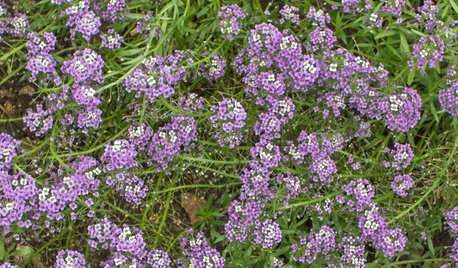
GARDENING GUIDESGreat Design Plant: Sweet Alyssum
This dependable winter bloomer makes a colorful companion in beds, baskets, even rock gardens
Full Story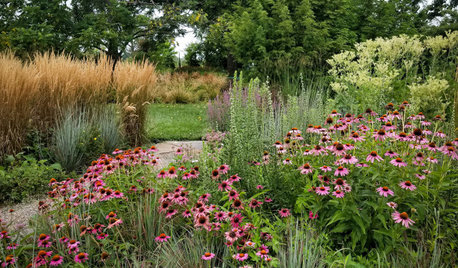
FALL GARDENING20 Favorite Flowers for the Fall Landscape
Vivid blooms and striking shapes make these annuals and perennials a delight in autumn gardens
Full Story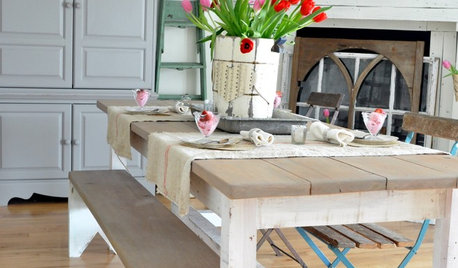
DECORATING GUIDESSpring Style: Fresh-Cut Flowers for Every Room
Graceful, lively or dramatic, fresh flowers make rooms of every shape, size and style that much lovelier
Full Story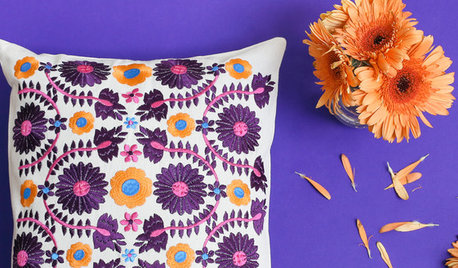
SHOP HOUZZHouzz Products: Flower Power for Your Home
Make your home bloomin’ beautiful with floral-inspired accessories, wallpapers, fabrics and furnishings
Full StorySponsored






bigcityal
tootswisc
Related Professionals
Wrentham Landscape Architects & Landscape Designers · Tomball Landscape Architects & Landscape Designers · Allentown Landscape Contractors · Pottstown Landscape Contractors · Allentown Landscape Contractors · Amesbury Landscape Contractors · Annandale Landscape Contractors · Bowie Landscape Contractors · Hawaii Landscape Contractors · Palatine Landscape Contractors · Crowley Landscape Contractors · Carol Stream Carpenters · Happy Valley Carpenters · Miller Place Carpenters · Scarsdale Carpenterslee53011
Kat SE Wisconsin z5
Catrina's Garden
periwinkledenise
tootswisc
Catrina's Garden
cwrkrOriginal Author
Kat SE Wisconsin z5
janetpetiole
cwrkrOriginal Author
led_zep_rules
att0m
led_zep_rules
Kat SE Wisconsin z5
led_zep_rules
sprout_wi